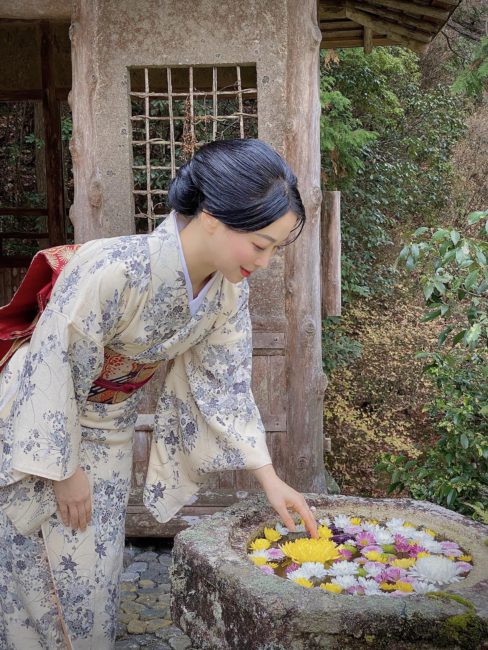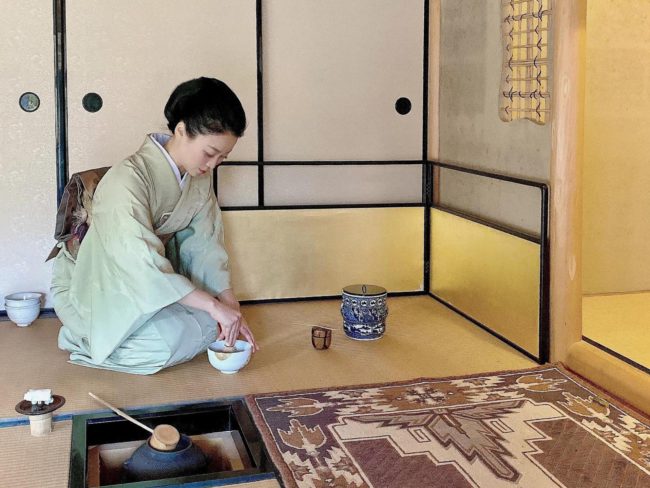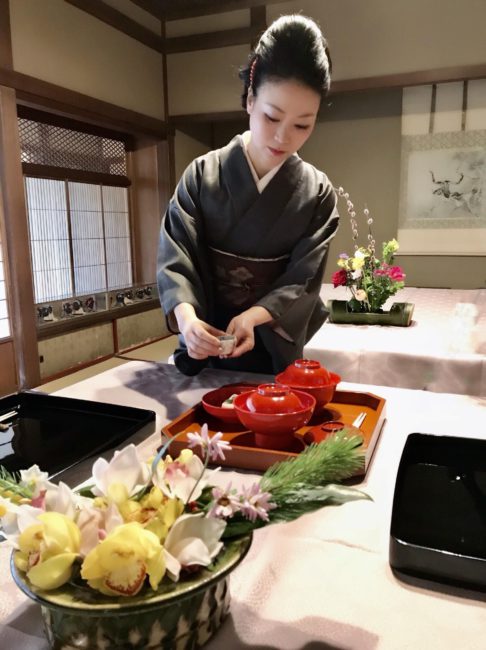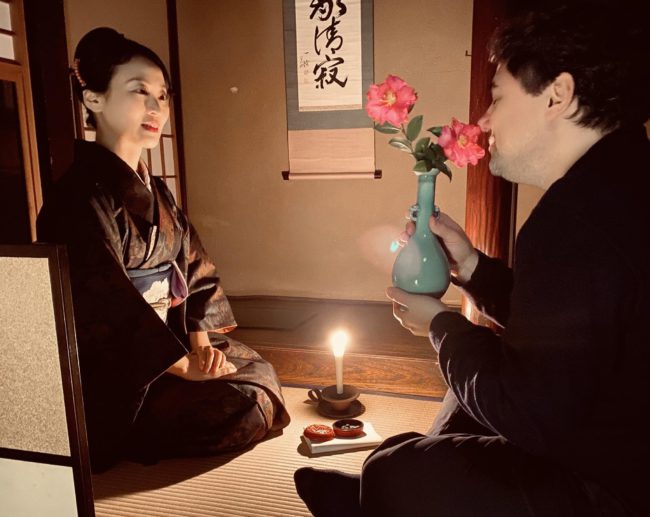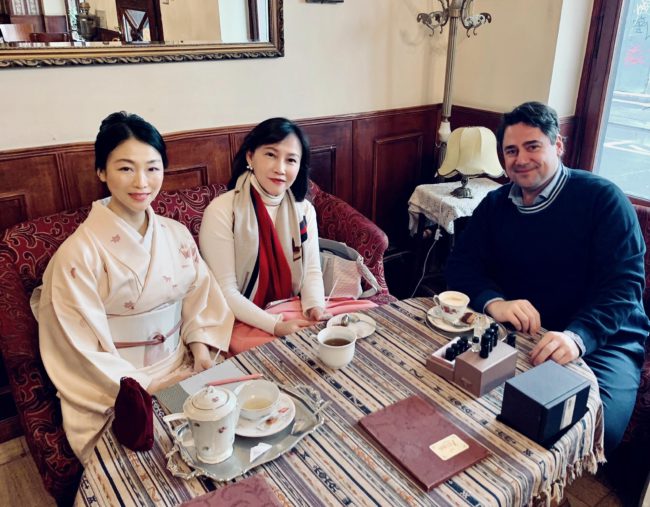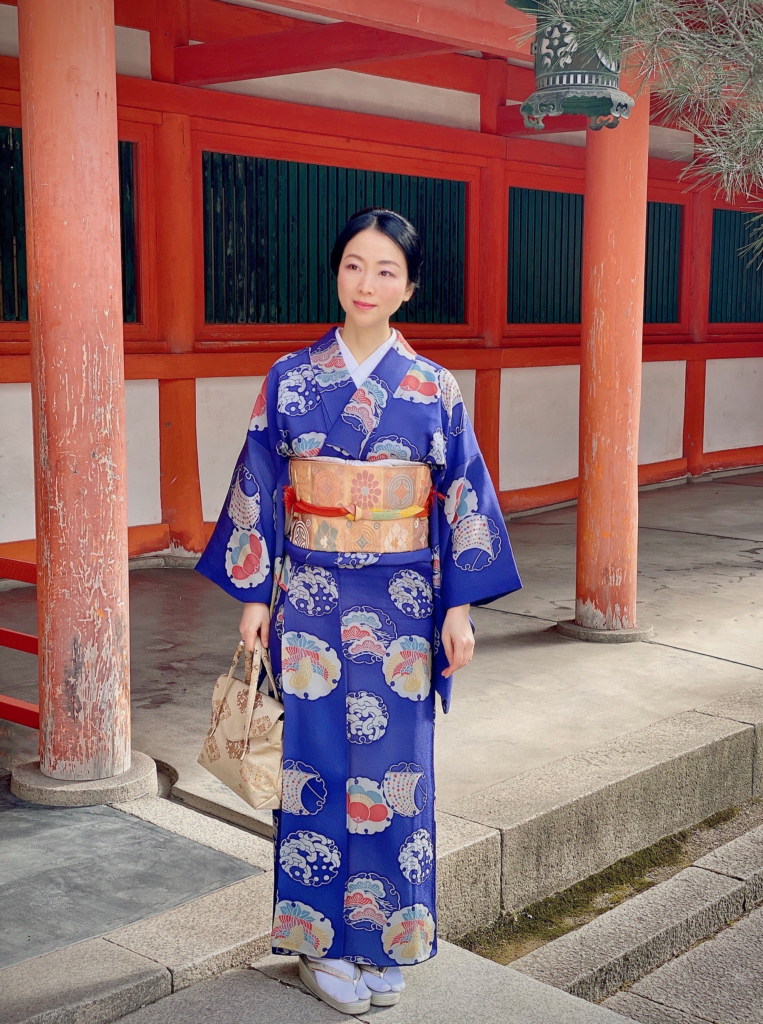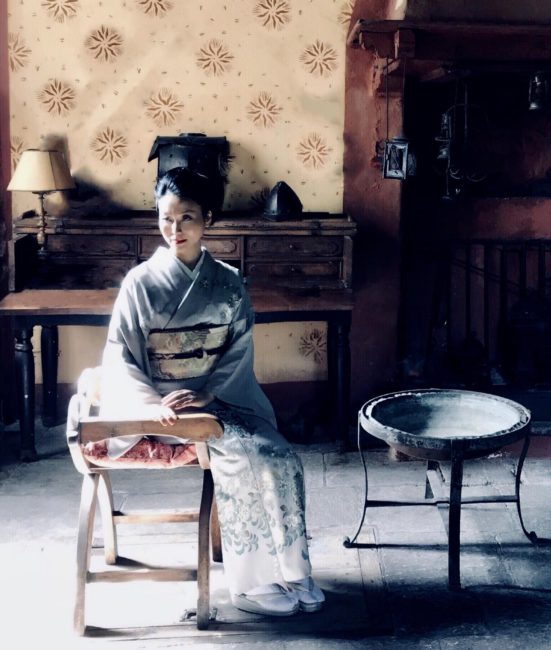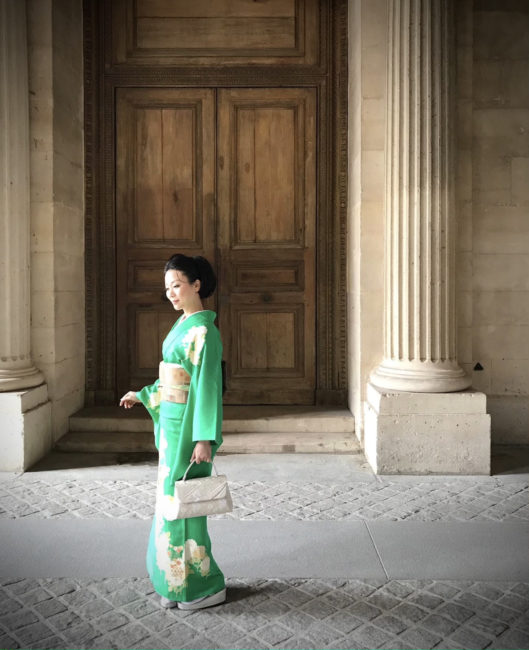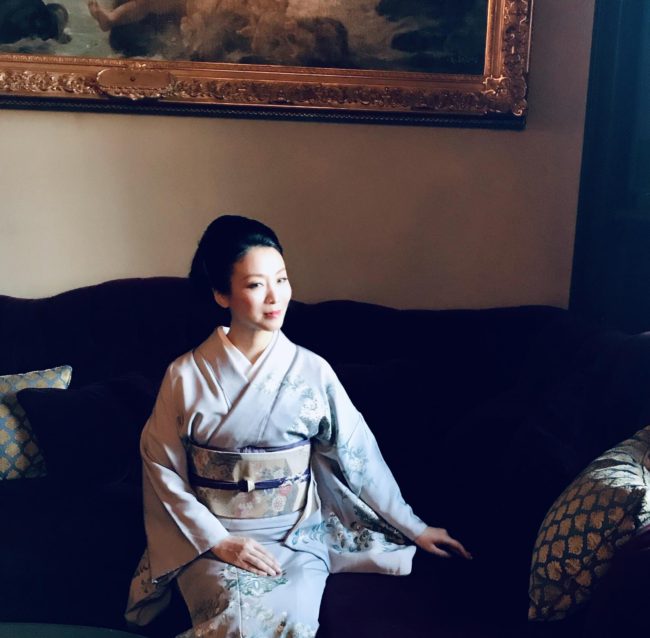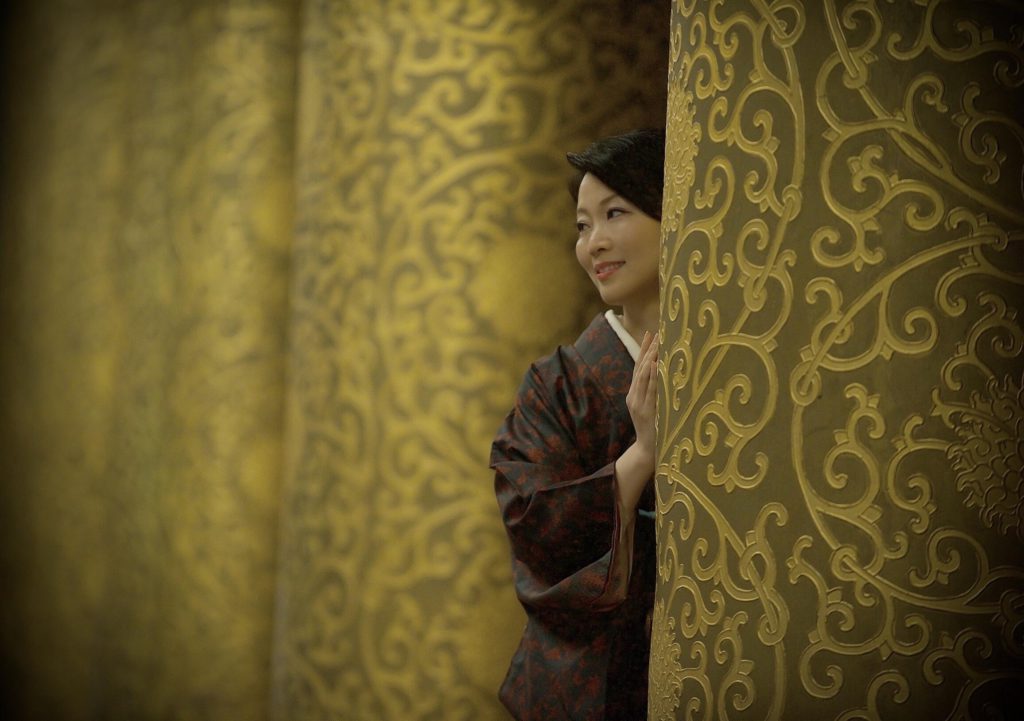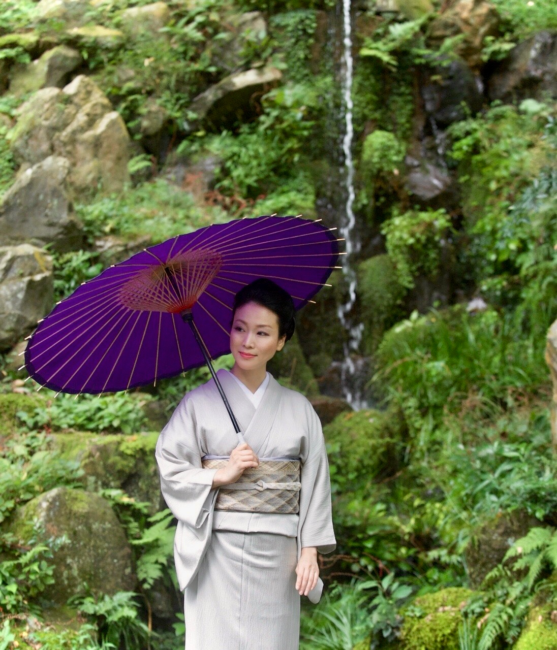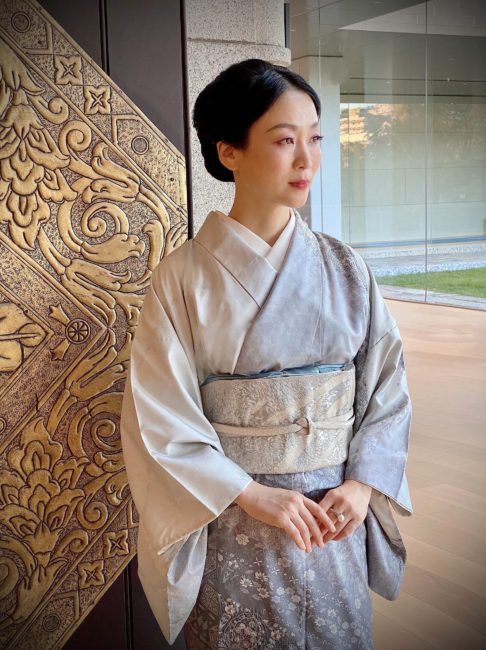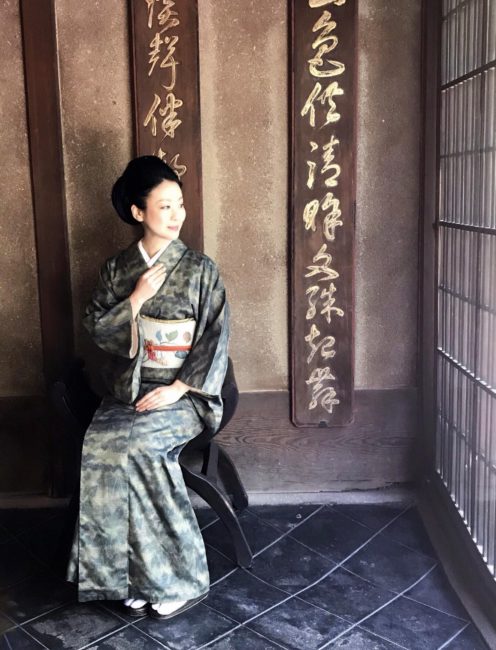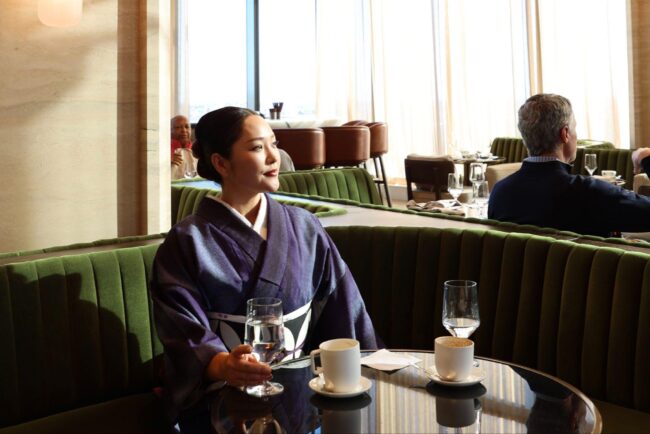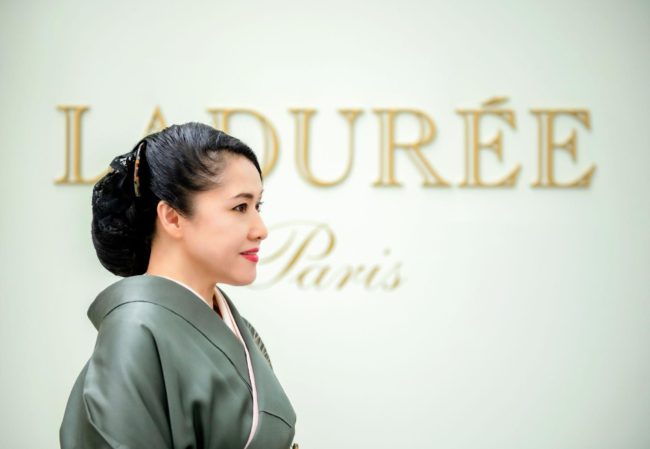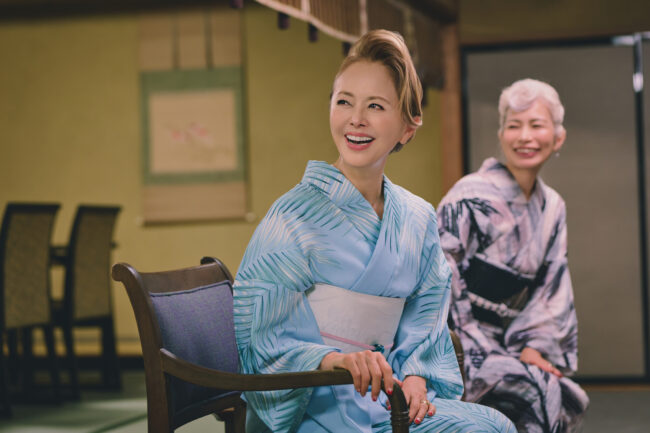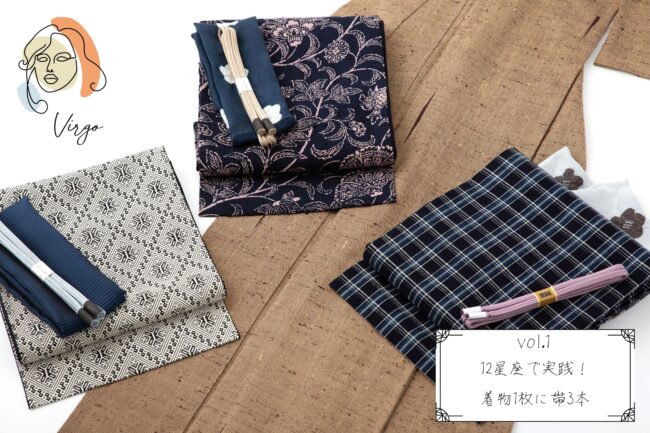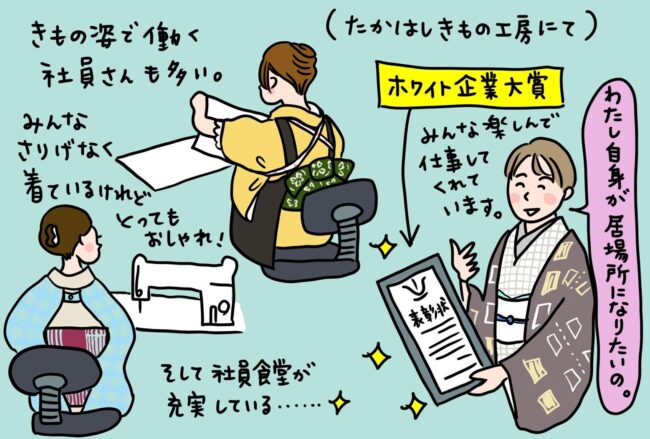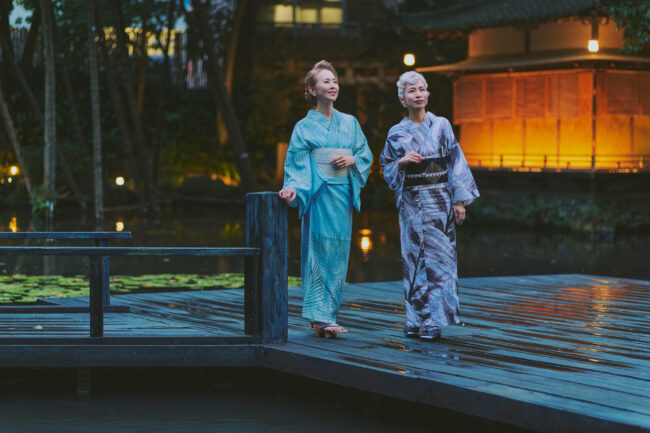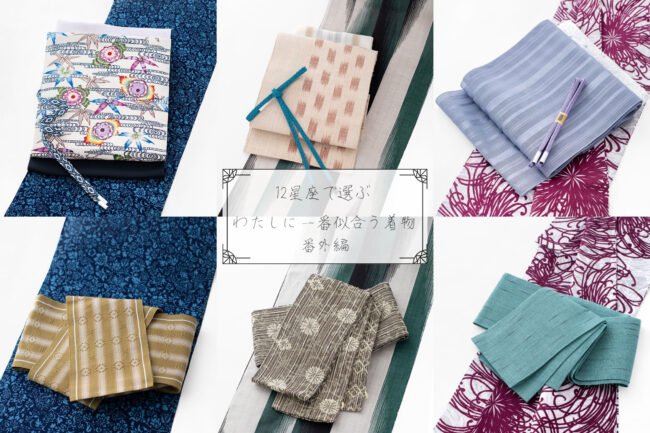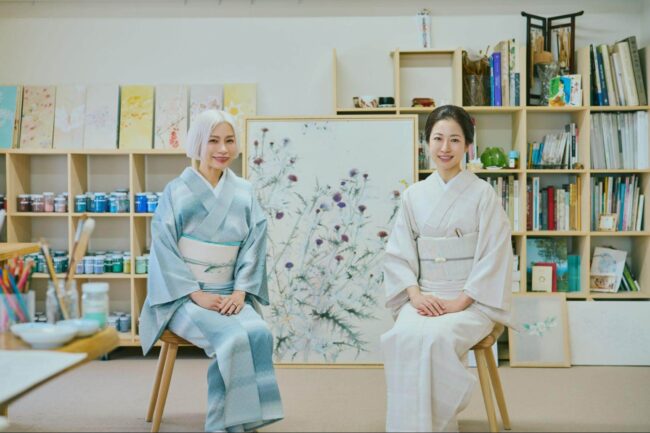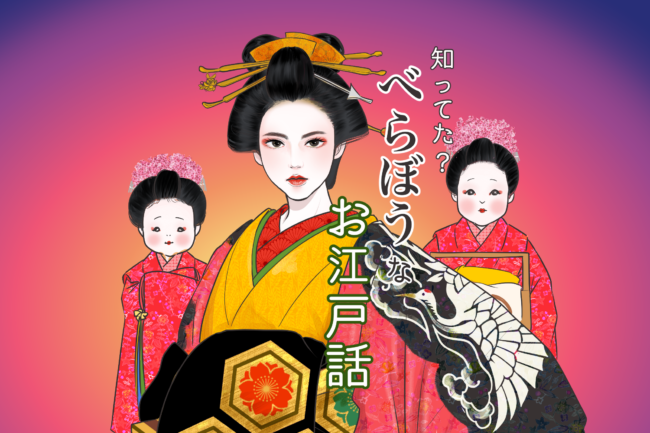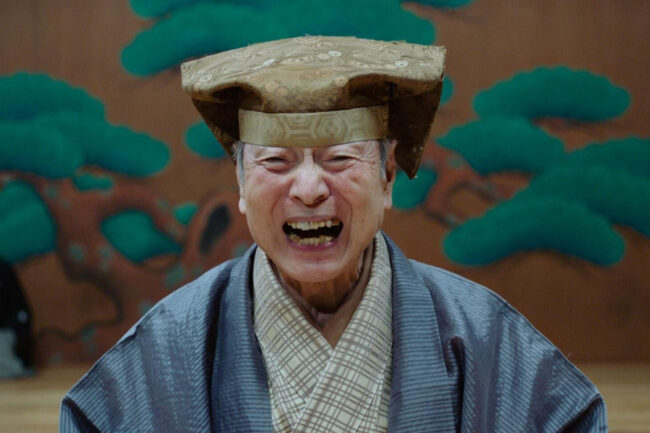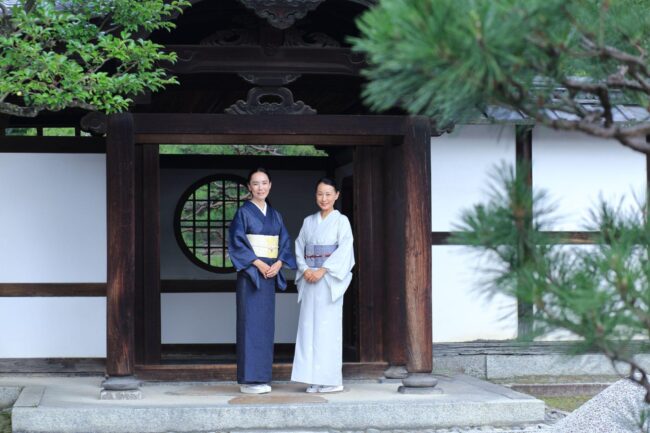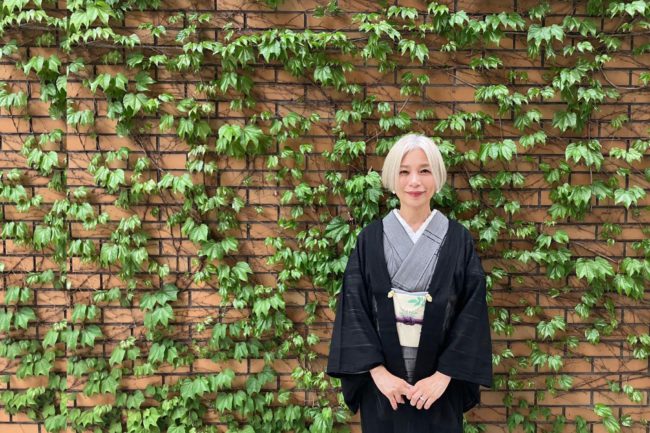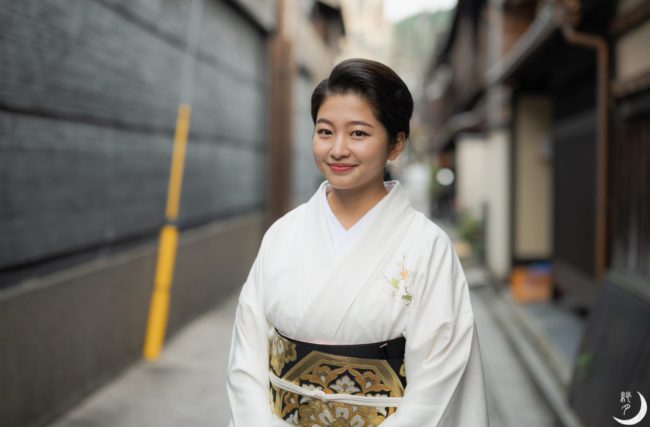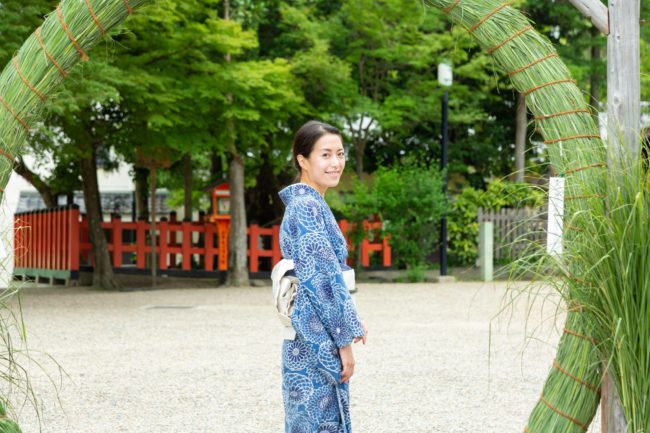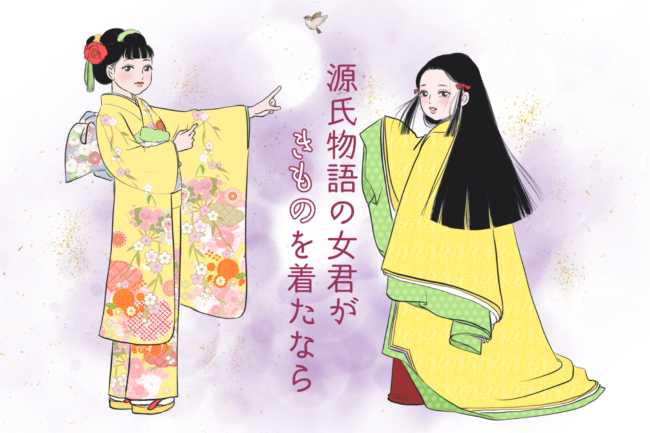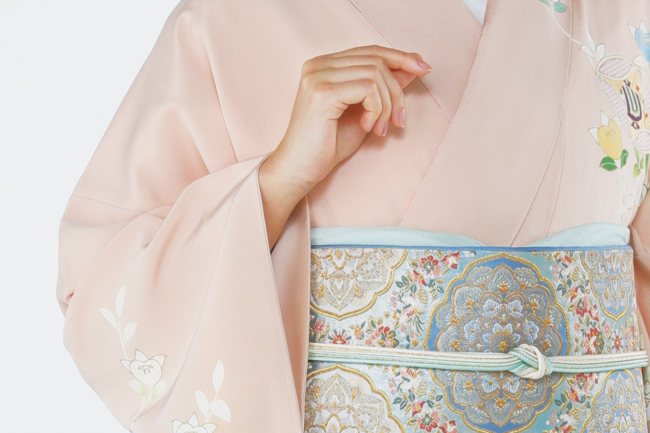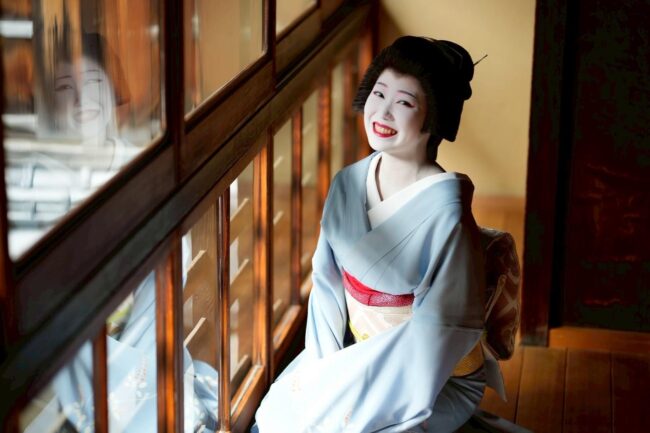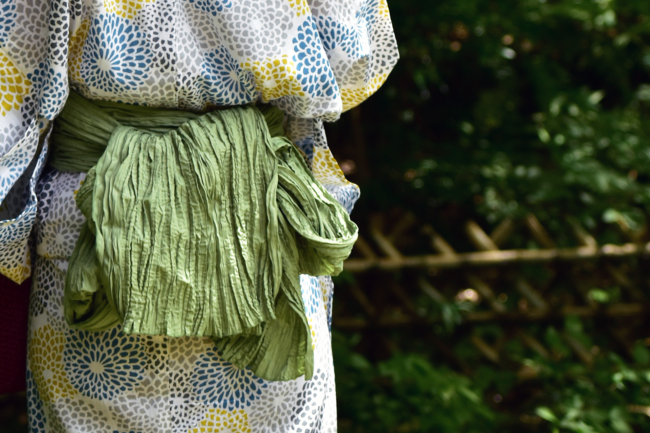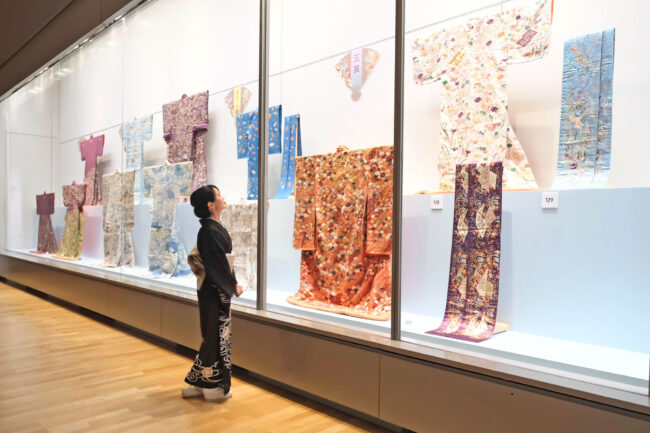
Artist, Junko Sophie Kakizaki (Part 2)
Junko Sophie Kakizaki is an artist from a venerable old Japanese family. This is the second part of an interview with her to learn about her life, her ideas of beauty and kimono culture.
目次
シェア
RECOMMENDおすすめ記事
Related Posts
LATEST最新記事
-

ファッション
あえかな月の光のような 〜小説の中の着物〜 杉本章子『東京新大橋雨中図』「徒然雨夜話ーつれづれ、あめのよばなしー」第五十夜
-

ライフスタイル
着物の所作を美しくするために重ねた訓練【女優 熊谷真実さん】(後編)「着物ひろこが会いに行く!憧れのキモノビト」vol.8
-

カルチャー
遊郭は江戸のセーフティネット? 「知ってた?べらぼうなお江戸話」vol.2
-

ライフスタイル
【おとめ座】『ざざんざ織』を着回すコーデ 「12星座で実践!着物1枚に帯3本」vol.1
-

カルチャー
人間国宝・野村万作氏の狂言に捧げた90年『六つの顔』 「きもの de シネマ」vol.68
-

インタビュー
【対談】映画作家 河瀨直美さん×着物家 伊藤仁美さん ――着物はひとりで着るものじゃない。
RANKINGランキング
- デイリー
- ウィークリー
- マンスリー
-

ライフスタイル
若女将から4代目社長へ 「#京都ガチ勢、大西さん家の一年」vol.7
-

着物の基本
しびれるくらい粋でカッコいい!半幅帯の帯結び 「着物ひろこの着付けTIPs」vol.5
-

着物の基本
初心者でも一人でできる!旅館やお祭りなど簡単な浴衣の着付け方をご紹介!
-

インタビュー
小紋屋高田勝 三代目主人・高田啓史さん
-

カルチャー
たくさんの感謝と愛に包まれて。人気芸妓・紗月さん、引き祝いを終えて祇園街を巣立つ
-

ライフスタイル
櫻井焙茶研究所所長 櫻井真也さん(後編)「温故知新ー日本の美と健康を巡るー」vol.2
-

ライフスタイル
夏越の祓には水無月 「#京都ガチ勢、大西さん家の一年」vol.6
-

エッセイ
源氏物語のもう一人の主役、紫の上 「源氏物語の女君がきものを着たなら」vol.1
-

コラム
”きもの好き”だから出会えた。 ~夢訪庵・桝蔵順彦氏の世界~「帯に宿る、わたしだけの物語」vol.8
-

ライフスタイル
若女将から4代目社長へ 「#京都ガチ勢、大西さん家の一年」vol.7
-

着物の基本
着物は「右前」「左前」どっち?覚え方のコツや注意点を解説!
-

ライフスタイル
端午の節句に菖蒲尽くし 「#京都ガチ勢、大西さん家の一年」vol.5
-

ライフスタイル
桜花祭で織姫 「#京都ガチ勢、大西さん家の一年」vol.4
-

カルチャー
投扇興(とうせんきょう)を楽しむ!【大西常商店・大西里枝さん】「きくちいまがプロに聞くシリーズ」扇子のギモンを解決!vol.5
-

着物の基本
今さら聞けない!アニメ『鬼滅の刃』に登場する柄・模様と、込められた意味
-

エッセイ
9月の着物コーデは夏あり冬ありのグラデーション! 「きくちいまが、今考えるきもののこと」vol.75
-

着物の基本
しびれるくらい粋でカッコいい!半幅帯の帯結び 「着物ひろこの着付けTIPs」vol.5
-

カルチャー
遊郭は江戸のセーフティネット? 「知ってた?べらぼうなお江戸話」vol.2
-

着物の基本
着物は「右前」「左前」どっち?覚え方のコツや注意点を解説!
-

カルチャー
”かわいい”から”キレイ”へ 祇園甲部・豆沙弥さん 「令和の芸舞妓図鑑」vol.20
-

着物の基本
今さら聞けない!アニメ『鬼滅の刃』に登場する柄・模様と、込められた意味
-

カルチャー
投扇興(とうせんきょう)を楽しむ!【大西常商店・大西里枝さん】「きくちいまがプロに聞くシリーズ」扇子のギモンを解決!vol.5
-

着物の基本
しびれるくらい粋でカッコいい!半幅帯の帯結び 「着物ひろこの着付けTIPs」vol.5
-

ライフスタイル
若女将から4代目社長へ 「#京都ガチ勢、大西さん家の一年」vol.7
-

着物の基本
初心者でも一人でできる!旅館やお祭りなど簡単な浴衣の着付け方をご紹介!
-

着物の基本
兵児帯(へこおび)とは?特徴や選び方・結び方をご紹介!
-

着物でおでかけ
特別展『江戸☆大奥』東京国立博物館 「きものでミュージアム」vol.49

